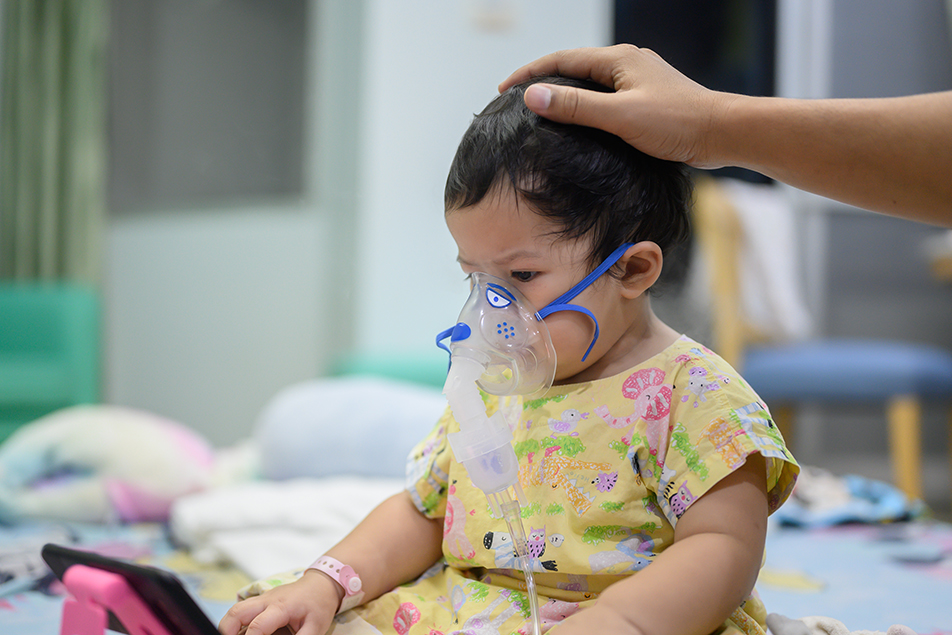
This post was written based on an interview with Duane Hougendobler, MD, PPG – Pediatrics.
Each year, providers and parents brace themselves for the arrival of Respiratory Syncytial Virus (RSV). Some years, the illness is very prevalent, while others, like those of the COVID pandemic, are a bit quieter. Unfortunately, based on what I’m seeing in my clinic and what I’m hearing from my colleagues, we are currently experiencing a rise in instances of RSV in our young population. Here is what parents need to know and watch for.
What does RSV look like?
RSV is a viral upper respiratory infection, which means it affects the head, neck and lungs.
For some, it might look like a regular cold initially, with a runny nose, cough and watery eyes, but when RSV causes problems, it really causes problems.
The biggest thing to watch for is if your little one is breathing hard. The problem is, when these small children spend so much energy trying to breathe, they don’t eat, and then we really get into trouble. It’s important to bring your child in for testing and treatment as soon as you start to notice concerning changes.
Who is at the greatest risk?
When it comes to RSV, the most vulnerable populations are the very young, especially premature babies, babies with congenital heart or lung disease, those who are immunocompromised because of medication or medical complications, and those over 65. There are a lot of hospitalizations for these populations and parents and caregivers need to be aware of the risks.
Why are we seeing more RSV cases?
We’ve seen RSV for many, many years. Sometimes it comes in the fall, others the winter or even spring. The number of cases were way down during the pandemic, because of masking and children having less contact in close quarters. Now that kids are back in school and not masking, there’s much more exposure. It’s going to take us a few years to catch up from the pandemic.
My concern right now is that we’re going into the holidays, and we just don’t know what’s going to happen with flu and COVID. Our hospitals are already very busy, so if these three illnesses come together, it could be a very challenging time.
How can parents prevent RSV?
RSV is transmitted through droplet secretion and also likes to live on hard surfaces for several hours, so awareness and cleanliness are key. I can’t emphasize hand washing enough! If you are taking care of a child – helping them blow their nose or touching their face, wash your hands immediately after you assist them and make sure they are washing their hands as well. Keep kids from using other children’s pillowcases, blankets, toothbrushes, etc. They should only use their comfort and hygiene items.
There are a few RSV vaccines on the horizon that are promising, but there’s still work to do. In the meantime, we offer supportive care for our little patients who are struggling. We treat RSV in the hospital with oxygen and breathing treatments to help open up the lungs.
I give parents a lot of credit. You know your children so well, and if you suspect that something isn’t right, it’s best to bring them in. If they are working harder than usual to breathe, seem lethargic or are just “off,” we would rather see them and have everything be OK than not see them and have them get into trouble.



